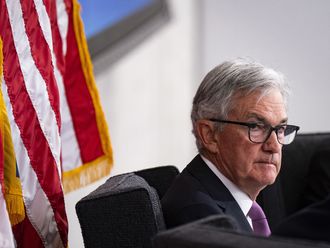Dubai: The availability of funds in the Qatari banking system, which earlier this year became a more serious issue than during the 2008 financial crisis, is improving after the country’s $9 billion bond sale in May, Doha Bank QSC Chief Executive Officer Raghavan Seetharaman said.
“The second quarter was an improvement compared to the first quarter, and the third quarter has also been following the right trend,” he said in a TV interview with Bloomberg Markets Middle East on Tuesday. “We’re likely to see similar in the coming quarters.”
Bank liquidity in the six-nation Gulf Cooperation Council has been tightening as a more than 50 per cent slump in crude oil prices since mid-2014 slows deposit growth and pushes governments to boost borrowing. The situation in Qatar became a bigger issue at the start of the year than it was in 2008, Seetharaman said in May, the same month that the government sold $9 billion of Eurobonds in the Middle East’s biggest-ever bond issue.
Lenders in Qatar had experienced “extraordinary stress” this year amid the tightening liquidity and were forced to adapt their businesses to the low-oil environment, Seetharaman said in May. Banks were also facing a narrowing in net interest margins and higher interest expenses, he said. With the $9 billion bond sale, the cost of funding is also coming down for banks, Seetharaman said on Tuesday.












